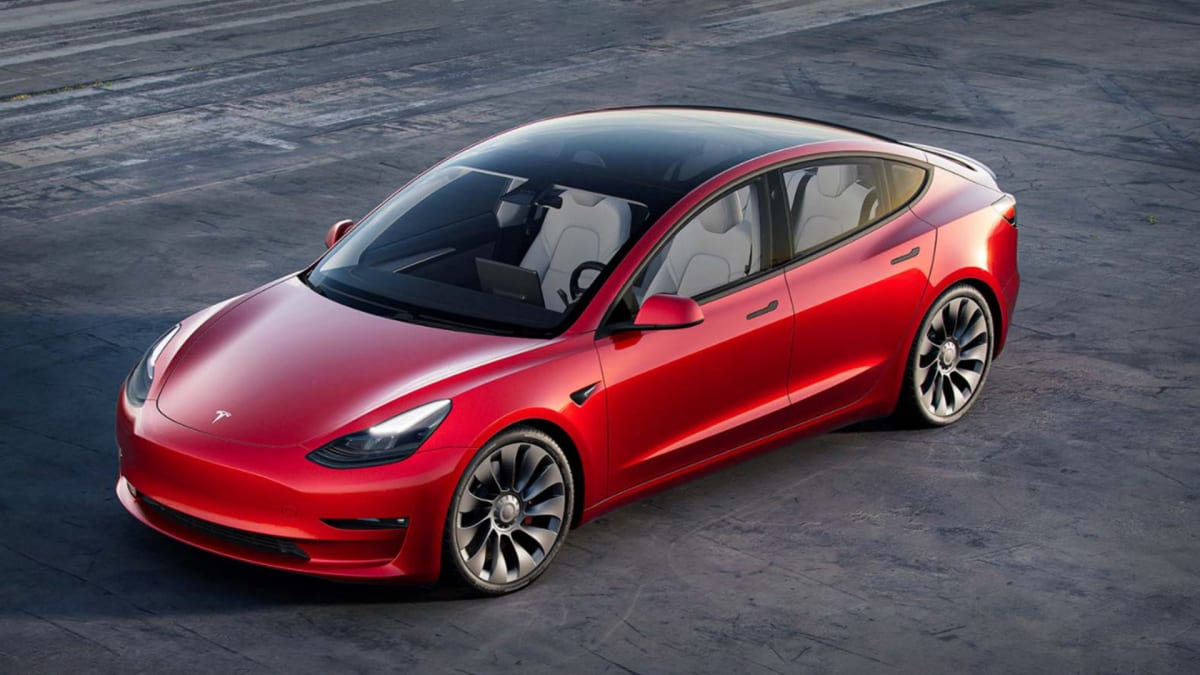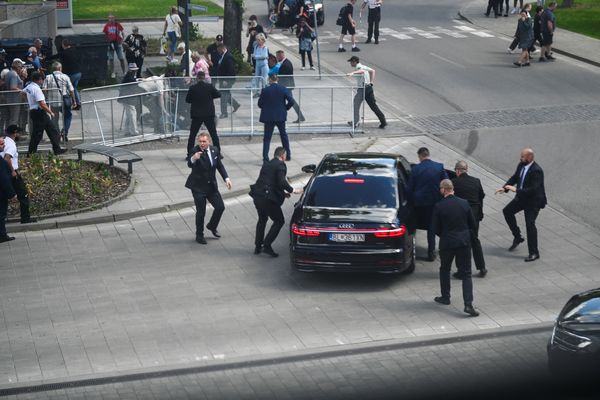
A new era is beginning at Tesla.
After years of relying on word-of-mouth and passionate fans to promote it, the electric vehicle producer is back in line. It will now do like most other car manufacturers: advertise its cars.
"We'll try a little advertising and see how it goes," Chief Executive Officer Elon Musk told shareholders last week.
He explained that this reversal was due to the fact that it is necessary to educate consumers on Tesla’s models, car features and the technological innovations of the company, which, he claimed, are advanced on artificial intelligence, compared to Google, for example.
He added that advertising Tesla (TSLA) products will also allow the carmaker to reach new customers, as Tesla aspires to produce tens of millions of vehicles a year.
A 2-Minute Ad on the Model 3
"It's worth a try and we'll see how effective it is," Musk told CNBC in an interview aired on Twitter Spaces after the annual shareholder meeting. "I only just agreed to it so it's not a fully formed strategy."
The announcement pleased Tesla investors, who have recently advocated a marketing strategy as competition closes the gap with Tesla. They were happy as commercials may help Tesla to reach 90% of the population who are not aware of the brand.
Less than a week after the Techno King’s announcement, Tesla has just posted an ad on Twitter Asia, which seems to be its very first commercial. In this approximately 2-minute clip, a Tesla customer, who is a professional and a mother of two toddlers, touts various aspects of the Model 3 sedan, the Austin, Texas-based automaker's entry-level vehicle.
She explains why she chose to buy a Tesla. Among her reasons, she highlights several features -- autosteer, child lock, air-con -- which are not only technological innovations but also a sign that safety is Tesla's priority.
"Everyday I have to drive long hours. Sometimes it can get very tiring," Felicia, who lives in Singapore, says in the ad titled "Drive to believe -Why she chose Tesla?" "With the autosteer, I'm able to put my mind at ease. It will warn me whenever I'm getting too close to other cars as well as [to] keep myself in the lane. I think, at the end of the day, when we drive, it's about getting from point A to point B and in the safest manner possible."
Autosteer is a feature that keeps the Model 3 in its driving lane when cruising at a set speed, Tesla says. It also allows the driver to use the turn signals to move Model 3 into an adjacent lane and can detect lane markings and the presence of vehicles and objects, to assist the driver in steering Model 3.
The feature is however "a hands-on feature. You must keep your hands on the steering wheel at all times," Tesla warns.
In the video, Felicia also explains that she chose Tesla for environmental reasons, which is at the very heart of Musk's mission: to achieve a sustainable energy economy.
"I imagine a future without fumes, without smoke. We are able to wind down our car [windows]. We are able to breathe freely, without all these chemicals down in the air. I would say it's one of the greatest gifts, that my kids can have, in terms of their future."
No Marketing Department
It is unclear whether this ad is the brand's very first commercial. It had already been viewed by more than 425,000 times at the time of writing, which is almost triple the number of followers of the Tesla Asia account that posted it. The video does not currently appear on the account of the parent company, which has more than 20 million followers. The advertising video could therefore be a test.
Until Musk's announcement last week, the automotive industry disruptor has stood out from its competitors by not advertising its cars. Besides the word of mouth from its fans, Tesla relied on the personality of Musk to promote its products.
The marketing strategy has always been to focus on the buyers. Tesla focuses on a human-centric customer experience. The carmaker invests a lot in research and development (R&D) to develop products that are supposed to improve the experience of drivers.
This strategy works well. For example, Full Self-Driving (FSD), Tesla's $15,000 driver assistance system, is the subject of much discussion on social networks, where users praise its merits with each update.
In 2022, Tesla delivered 1.31 million vehicles. The automotive group has achieved all this without any of its models appearing in a TV commercial. Tesla simply doesn't have a marketing and advertising department like its rivals General Motors (GM) or Ford (F). Basically, the group spends $0 on paid ads to sell its cars.







